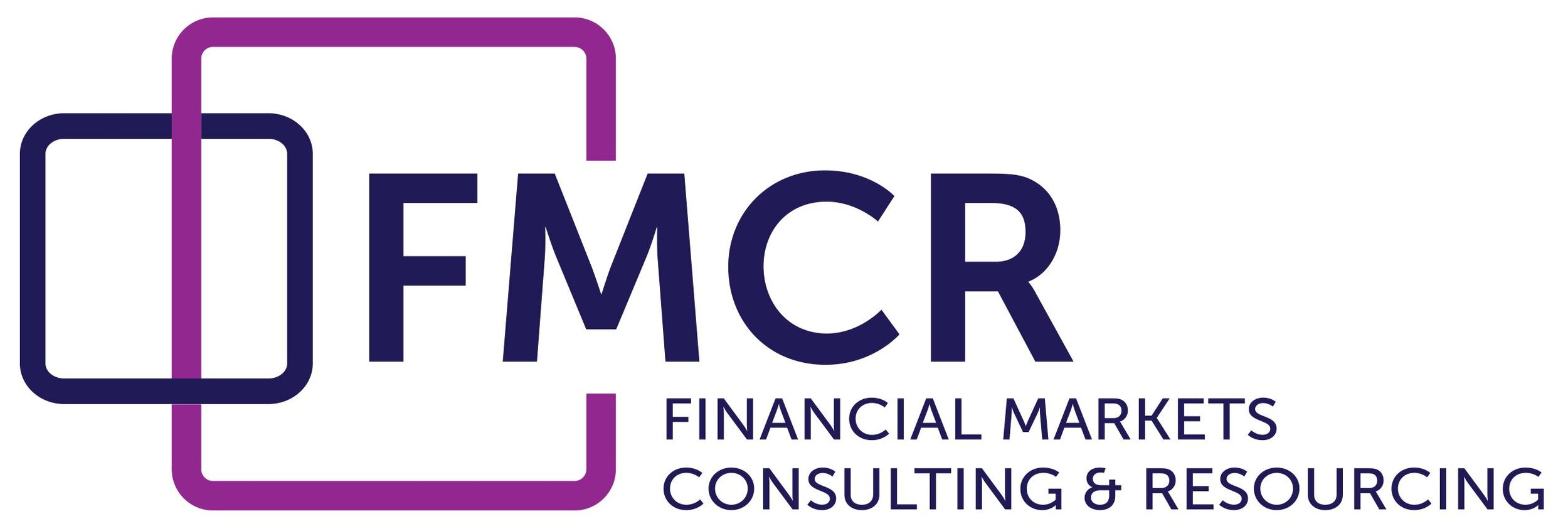LIBOR Transition - The Bank issues a Rallying Cry
The Bank of England has issued an update and rallying cry on the move to LIBOR transition as we approach the year-end.
Andrew Hauser, Executive Director for Markets, spoke at the recent Risk.net LIBOR Telethon. He said that following the announcements of recent weeks and subject to the ICE Benchmark Administration’s consultations, there can be little doubt that the LIBOR panels for sterling, yen, Swiss franc, euro and the less heavily traded dollar tenors will cease at the end of 2021. And, although the panels for the more heavily used dollar settings will be around for a short while longer, to support legacy business, the US and UK authorities have made it absolutely clear that all new use of these rates must stop at the end of 2021, in line with everywhere else.
Hauser highlighted three key action points for market participants in the months ahead:
1. Moving all new business off LIBOR
The major priority is to make this move as soon as possible before the end of 2021.
Sterling markets are in a reasonable place. Most sterling swaps have referenced SONIA, rather then LIBOR, for some time now and in sterling loan markets all customers discussing new or refinanced lending with their banks should have been offered non-LIBOR alternatives since the end of September. New loans for anyone still unable to avoid using LIBOR in the near-term, should include a clear mechanism to ensure those loans are converted to an alternative rate before the end of 2021.
A target has been set to cease the use of LIBOR in sterling swaps completely by the end of March 2021 and the same for all new LIBOR-linked sterling lending, except for very short-term loans maturing before end-2021.
The bottom line is clear. Whether your firm is a borrower or lender, you must be ready to transact any new or refinanced lending on a non-LIBOR basis next year. It is imperative that firms make sure they are not left behind.
2. Adopting the ISDA fallbacks for existing derivatives
While new business must be directed away from LIBOR it is also important that existing LIBOR linked business is protected.
The vast majority of that business, by value, lies in the trillions of dollars of LIBOR derivatives contracts stretching beyond end-2021. It is clearly impractical to renegotiate each existing contract individually so ISDA, supported by the Financial Stability Board, has announced a protocol to insert fallbacks to risk-free rates into these contracts automatically.
Already, nearly 1,700 entities have adopted the protocol, including all twenty of the largest traders in sterling swap markets by volume. Both LCH and CME, the world’s largest swap clearers, have committed to adopting the same measures in their own rule books as well.
But whilst many of the largest banks and corporates have been among the early adopters, there are still many in the investment community and non-financial corporates who haven’t.
3. Reducing the legacy of post-2021 LIBOR-linked contracts
It’s not just the derivatives market that has lacked pre-existing fallback arrangements. Few contracts in other markets envisaged a world without LIBOR and are vulnerable to the risk of a disorderly outcome. Where contracts are expected to be outstanding at the end of 2021 firms should be actively looking to convert to another rate before that date.
All market participants should complete, before the end of March 2021, a full assessment of their LIBOR contracts extending beyond the end of 2021. The aim should be to identify those that can be converted and to put in place plans to complete those conversions by the end of September next year.
If you haven’t done so already you should be making a start on that assessment. You need to know what your exposures are and how you’re going to deal with them over the course of next year. If you’re a lender you also need to understand how conduct risks might impact your clients as a result of this process and take mitigating action.
If you’re a derivatives markets participant and have not yet assessed whether to sign up to the ISDA protocol, or discussed plans with your trading counterparties, this should now be a top priority. And if you decide the protocol is not the right approach for you, you will need to make clear alternative plans to mitigate the risks.
FMCR can offer help and independent specialist advice in all these areas, both to ‘on the ground’ practitioners and to senior management and boards. If you would like to discuss how we can assist please contact us here.
